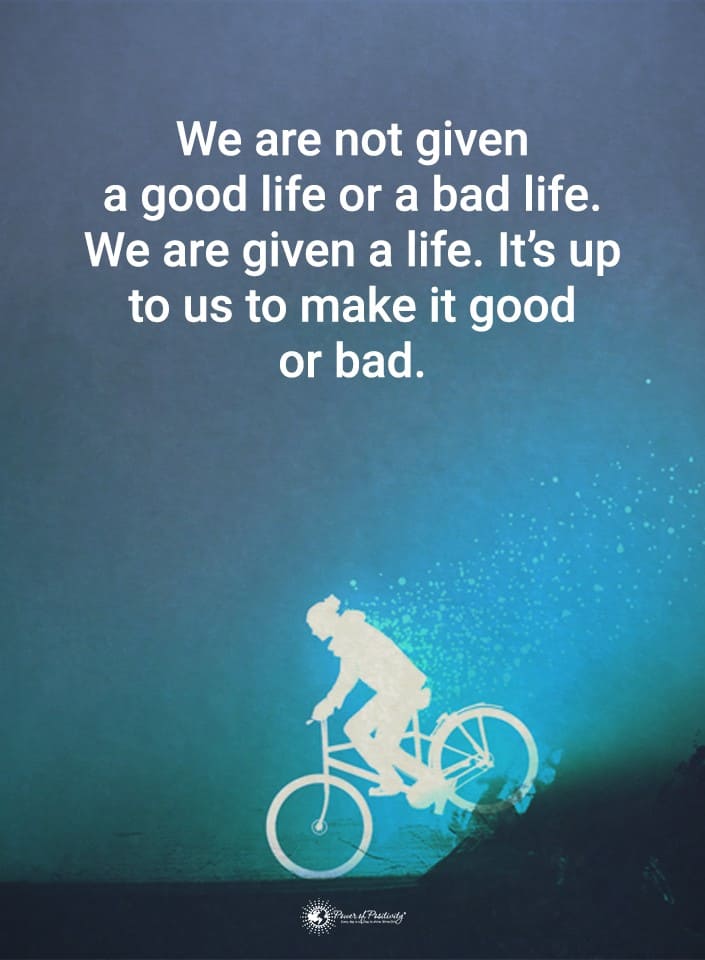In the most extensive study on dreams to date, scientists have found that our dreaming serves as a continuation of real life. Published in the scholarly journal Royal Society Open Science, scientists discovered in their dream research how interconnected dreams and life really are. People have been asking where dreams come from and what they mean for centuries. Now, scientists seem to have found some concrete answers about the mystery of our dreams.
Many ancient civilizations thought dreams happened for supernatural or spiritual reasons. However, in today’s world, people tend to look at their waking lives for clues to interpreting their dreams. We often carry our lives with us even in our sleep, perhaps attempting to solve real-life situations in dreams.
“Research has repeatedly provided strong support for what sleep scientists refer to as the ‘continuity hypothesis of dreams’: most dreams are a continuation of what is happening in everyday life,” said researchers in the study. “It turns out that everyday life impacts dreaming (e.g., anxiety in life leads to dreams with negative affect) and vice versa (e.g., dreaming impacts problem-solving skills).”
What do our dreams really mean?
Computer scientist Alessandro Fogli, a researcher from Roma Tre University in Italy, led the study. His team included researchers Daniele Quercia and Luca Maria Aiello as well. The team analyzed more than 24,000 dreams from a massive public database of dream reports called DreamBank. By doing this, they came up with the following hypotheses about our nightly visions:
- Around 80% of our dreams are experienced from a first-person perspective. They tend to involve ordinary situations that we find ourselves in during day-to-day life.
- Female dreams are characterized more by emotions rather than activities. They usually involve a limited level of aggression. Men tend to have more aggressive visions, perhaps because they suppress emotions more in real life. Women talk more about how they feel, so their dreams involve feelings more often than not.
- Adolescents’ dreams tend to involve more negative emotions, likely because of exposure to new social experiences. In early adult life, they may dream about intimate encounters as they engage in sexual interactions.
- War veteran’s dreams tended to involve negative emotions and aggression. Among Vietnam veterans, researchers found this to be accurate as dreamers experienced guilt and violence in dreams.
- Blind people, understandably, showed heightened imagination in relation to characters and imagery in dreams. Many of them need caretakers in real life, who most often are female. As such, their dreams tended to feature female caretakers in some aspects.
- Dreams recorded during times of societal unrest tended to feature more aggression. For example, during the September 11 terrorist attacks, many people across the U.S. had an increase in dreams about explosions, death, and fire. Even just hearing about the event and not experiencing it firsthand caused a rise in traumatic dreams.
History and modern interpretation of dreams
Dream research done in the 20th century revealed similar conclusions about dreams. For example, Sigmund Freud and others found that dream meanings could stem from a person’s real-life experiences. Today, therapists attempt to decode patents’ dreams by using dream reports. They try to find clues or patterns that may mirror things they experience in their daily life to explain their dreams.
Dream interpretation can help people improve their lives as they work to unravel hidden meanings. Sleep scientists have developed sophisticated ways of understanding dreams. To date, the Hall and Van de Castle system remains the most renowned.
This system for interpreting dream reports codifies dreams by three main criteria:
- the characters that appear
- the interactions between characters,
- and the effects these interactions have on the characters
However, the tedious process of sifting through dream reports to identify themes and patterns can take quite some time. To tackle this problem, sleep scientists have been looking for systems that would automate the task of analyzing dreams. In this latest study on dreams, researchers have found a way to carry out dream research using algorithmic solutions.
In the new study, Fogli and his team tracked over 24,000 dreams using the giant public database called DreamBank. This ensured that they could study dreams on a vast scale, still using the most respected method, while automating the process.
“We designed a tool that automatically scores dream reports by operationalizing the widely used dream analysis scale by Hall and Van de Castle,” the researchers explain in the report. “We validated the tool’s effectiveness on hand-annotated dream reports … and tested what sleep scientists call the ‘continuity hypothesis’ at this unprecedented scale.”
By using this processing tool in their dream research, it greatly simplified the Hall and Van de Castle system. They shortened the text in dream reports and still focused on characters, interactions between them, and emotional words. The team wrote the following:
“These three dimensions are considered to be the most important ones in aiding the interpretation of dreams, as they define the backbone of a dream plot: who was present, which actions were performed and which emotions were expressed.”
In a comparison of the language processing tool and hand-written notes of dream reports by experts, the results matched about 75% of the time. While the system isn’t foolproof, it still shows great promise in the future of dream analyzing technologies. Dream research will likely continue to evolve and provide more insight into the true meanings of dreams.
The future of dream research
The team says that in the not-too-distant future, they hope to work with various research communities and practitioners who could benefit from this technology. They even talked about the possibility of integrating their tool with ‘with a mobile app with which users can record their dreams in a convenient way.’ Fogli’s team explained that this application could help explain the relationship between well-being and dreams. As it would collect self-reported well-being scores, this can help dreamers understand their inner emotional health. The researchers believe that their study on dreams will make it ‘possible to build technologies that bridge the current gap between real life and dreaming’.
Ultimately, the researchers believe their study on dreams supports the continuity hypothesis. This states that dreams are essentially a continuation of our experiences in everyday life. According to the research team, various “statistical markers” in dream reports showed a reflection of dreamers’ daily lives. If you’d like to learn more about this analysis, visit this website, which replicates data from the study.
Most common dreams
In dream research, scientists usually find a pattern among dreams. The following dreams seem to occur with a striking frequency, indicating that many of us have similar daily encounters:
-
Dreams about falling.
This scenario can indicate that you feel out of control or feel overly stressed about your responsibilities. You may subconsciously be looking for an escape from your daily life.
-
Injuries, death, or losing teeth.
These themes may indicate an underlying lack of self-worth. Death may not mean a literal end of life, but an end of a specific chapter. Losing teeth can also convey a feeling of losing control or suppressed anger.
-
Being embarrassed in public or failing a test.
You likely feel stressed and worried throughout the day, which carries over into your dreams. Analyze your daily life to figure out why you might feel anxious about something.
-
Being naked.
This indicates that you’re afraid of something exposing a secret about you. Or, you don’t want to feel vulnerable in front of certain people. You might feel insecure or ashamed about specific weaknesses being revealed.
-
Being chased.
In their study on dreams, dream experts believe that this could mean you want to avoid conflict. You may feel that running from problems is more comfortable than actually confronting them.
-
Dreams about the apocalypse or natural disasters.
If you have these dreams, don’t worry, because many people experience them from time to time. You may feel threatened, or like you’ve lost control in real life. Or, perhaps a major traumatic event happened, such as 9/11, to prompt these types of dreams.
-
Crashing your car.
You may feel you don’t have adequate emotional support in real life. Or, you possibly have problems connecting to the people around you.
-
Thoughts of your partner cheating or leaving you.
These types of dreams shouldn’t be taken literally; however, it could mean you feel insecure in your relationship. You may feel your partner drifting or not being as engaged with you as you’d like.
Final thoughts on the study on dreams showing they’re a continuation of real life
Not surprisingly, the most extensive study on dreams to date found that our real lives carry over into our nightly musings. Dream research continues to show the strong link between everyday life and dreams and reveals new technologies to analyze dreams. When we dream, scientists believe that we’re trying to solve problems or understand situations in our waking lives. The typical dreams experienced by people prove that theory and show how alike we are despite our differences.



















